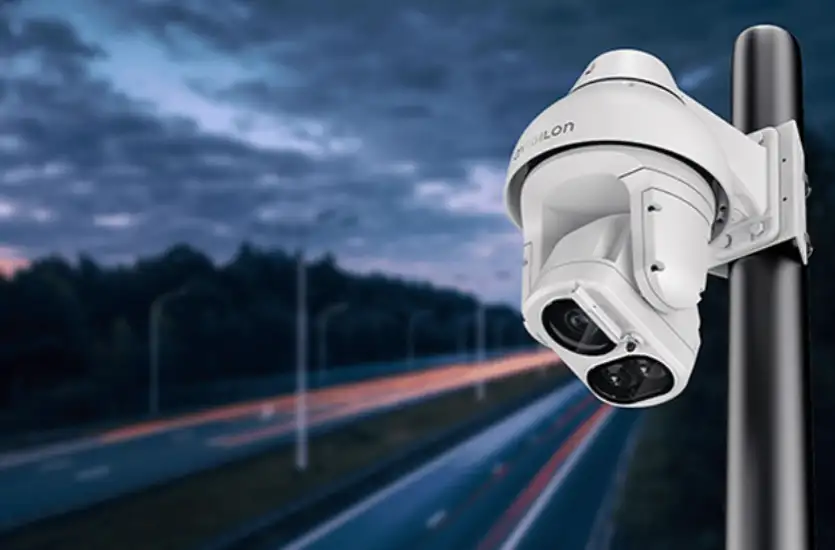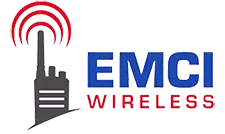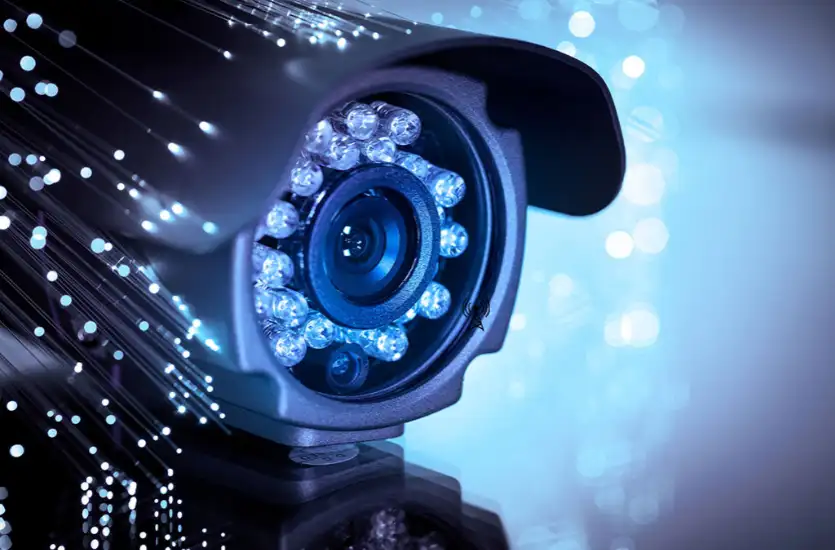ONVIF stands for Open Network Video Interface Forum. Basically, ONVIF creates a universal language that lets Internet Protocol (IP)-based video security devices from different manufacturers work together. This brings flexibility in choosing devices and building security systems without worrying about compatibility issues. Instead of being tied to one brand, ONVIF allows you to mix and match cameras, software, and other security tools to meet your business needs.
Security-enhancing technology like ONVIF is more important than ever because nearly every half-minute, a break-in occurs, costing homeowners an average of $2,800. While two-thirds of these burglaries happen in residential areas, business owners aren’t in the clear: 37% of annual burglaries target businesses, causing financial setbacks and, in some cases, bringing operations to a screeching halt.
In total, these crimes result in approximately $3 billion in stolen property each year, affecting not only private citizens but the public and businesses alike. The right video security system is no longer just a precaution; it’s a proactive measure to help deter break-ins, protect assets, and capture valuable footage if incidents occur.
Why Was ONVIF Created?
ONVIF was established in 2008 through a collaboration between three industry leaders: Axis Communications, Sony Corporation, and Bosch Security Systems. Their goal was simple but ambitious: create a set of standards that would allow devices from different companies to communicate and work together in a single, integrated system. Since then, ONVIF has evolved to support a range of functions and continues to add new capabilities to meet ongoing demands from developers and business owners.
From video streaming to data storage and advanced video analytics, ONVIF’s standards now cover many functionalities that allow for smarter and more adaptable security solutions. As a result, ONVIF has been adopted globally, becoming the go-to framework for making sure security systems can evolve alongside new technology.

How ONVIF Works: The “Common Language” for IP Devices
ONVIF operates by setting standards, or protocols, that allow IP devices — like cameras and recording systems — from different manufacturers to communicate. These standards allow devices across brands to send, receive, and understand data in a shared way, creating a universal “common language” for security devices.
ONVIF Profiles
ONVIF operates through different profiles, each designed to address specific needs in video security:
- Profile S focuses on video streaming. It’s ideal for connecting cameras to video management software (VMS), allowing for live and recorded video feeds.
- Profile G adds support for video storage and retrieval, so cameras can store footage locally or on networked devices and make it accessible for later review.
- Profile T is designed for advanced video streaming. It supports newer video compression standards like H.264 and H.265, which reduce storage space without sacrificing quality.
- Profile M handles metadata and analytics. This profile enables artificial intelligence (AI)-driven features such as motion detection, facial recognition, and counting people, which are increasingly used in business security.
Imagine you run a retail store and want to cut down on shoplifting. With ONVIF, you can integrate cameras from multiple brands that use Profile M analytics. These cameras can detect unusual movement patterns near high-value items, automatically alerting security personnel or locking exit doors if needed.
Meanwhile, the Profile G cameras store this footage securely, making it easy to review suspicious activity if items go missing. By combining these profiles, your business can gain a powerful, adaptable security system that’s affordable to scale or upgrade as needed — all without needing to lock yourself into one brand or vendor.

Benefits of ONVIF for Video Security Systems
Here are some of the benefits you may experience when upgrading your video security systems to ONVIF:
- Cost efficiency: By eliminating the need for proprietary technology, ONVIF lets you avoid costly brand-specific equipment, making upgrades and replacements more affordable.
- Future-proofing: ONVIF’s open standards help your system adapt to changing technology. As new devices and features are released, your existing setup remains compatible, so there’s little to no need for frequent overhauls.
- Expanded functionality: With ONVIF profiles like Profile M and Profile T, you can incorporate advanced features like video analytics, object recognition, and high-definition streaming to increase security capabilities.
- Easy scalability: ONVIF-compliant systems allow you to add new devices, cameras, or sensors as your security needs grow. Expanding your setup is straightforward, even if your system includes different brands.
- Simplified Internet of Things (IoT) integration: ONVIF devices can connect with IoT systems, letting you link video security with other smart devices, such as lights or access control systems, to create a connected, automated environment.
- Reliable security standard: ONVIF’s protocols meet industry standards, giving you confidence that your devices will connect reliably and securely.
In short, ONVIF enhances functionality and compatibility. This means greater cost savings over time as new equipment can be integrated into your existing system, avoiding the need to invest in costly new hardware ecosystems.
How To Select ONVIF-Compliant Devices for Your Security System
Choosing ONVIF-compliant devices for your security system can simplify setup and help you get the most functionality across devices from different brands. Here’s what to consider when selecting the right equipment and why working with experts can make all the difference:
- Check for ONVIF profiles: Make sure the devices you choose support the ONVIF profiles you need. For example, Avigilon cameras with Profile S enable functions like video streaming, two-way audio, and motion detection.
- Compatibility with VMS and ONVIF Device Managers: Ensure your VMS is built to ONVIF specifications, which means it integrates with other compliant devices and systems for a unified security network.
With ONVIF regularly updating its specifications, devices that adhere to its protocols are more likely to remain compatible with new technology and future updates. This adaptability supports a forward-looking approach to security, where systems can grow alongside emerging AI and analytics trends.
As advanced features like behavior analysis and object recognition become more common, ONVIF’s standardized protocols will simplify the integration of these new capabilities. This makes it easier and more affordable to add ONVIF-compliant cameras to an existing system. These protocols reduce the complexity and costs typically associated with adding new devices, and that’s a win-win for all business owners.

